Colnago knows a thing or two about drop-bar off-road bikes, even though most think of them as a road-only brand….thanks Pogačar.

Let’s not forget that legends like Sven Nys and Niels Albert rode the Colnago Prestige — the same with a very young Wout Van Aert. The Prestige would eventually fade out of the Colnago line. The World Cup and World Title winning machine was replaced with the gravel/cyclocross-focused Colnago G-3X.
The G-3X is more of a gravel bike than a pure ‘cross-machine, but it does have that iconic Colnago kick and more tire clearance than the Prestige ever had.
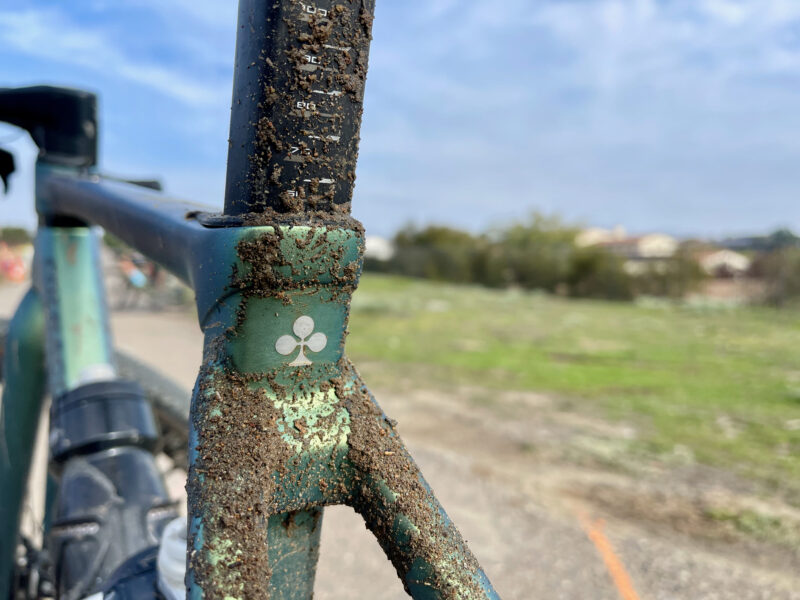
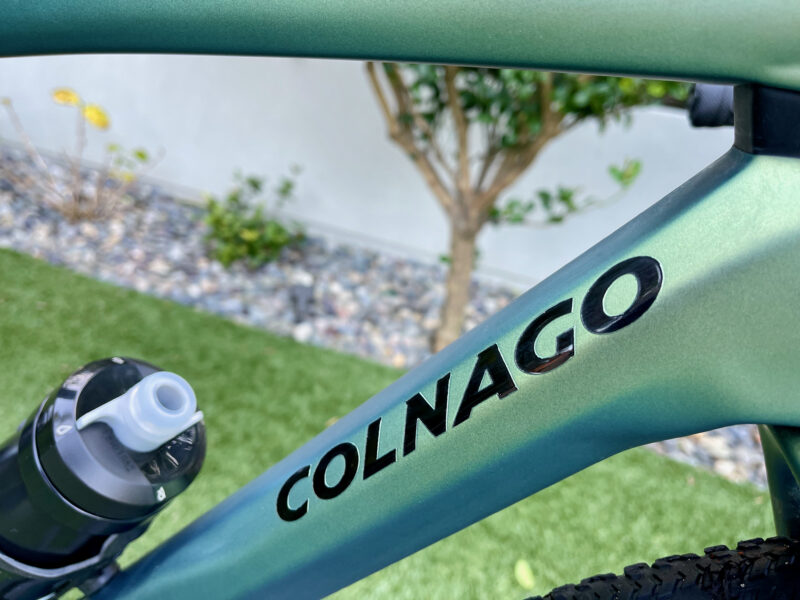
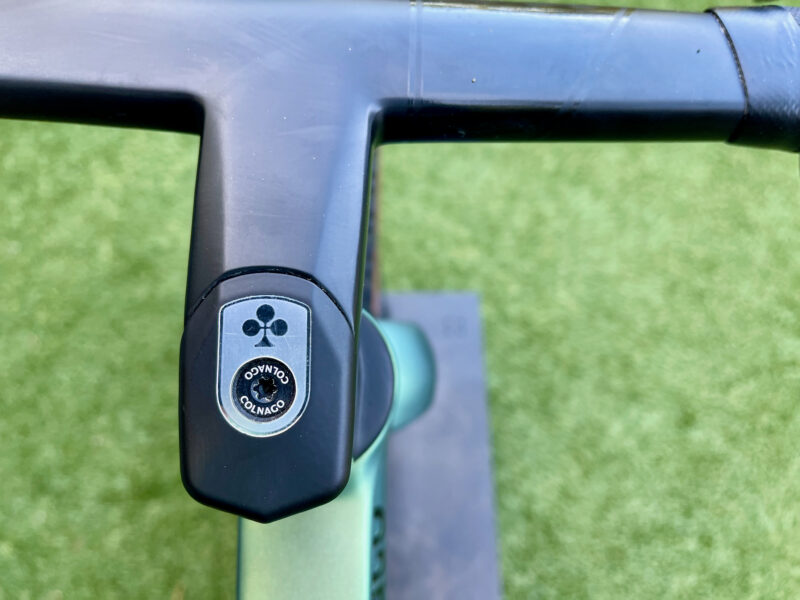
In recent years, though, Colnago has put effort into re-thinking their business’s gravel side. Adding to it, they have created something pure Colnago. A performance-focused gravel bike. One that looks at home on the white roads of Tuscany or on twisty American single track (more on that later). Plus, it’s handmade in Italy.
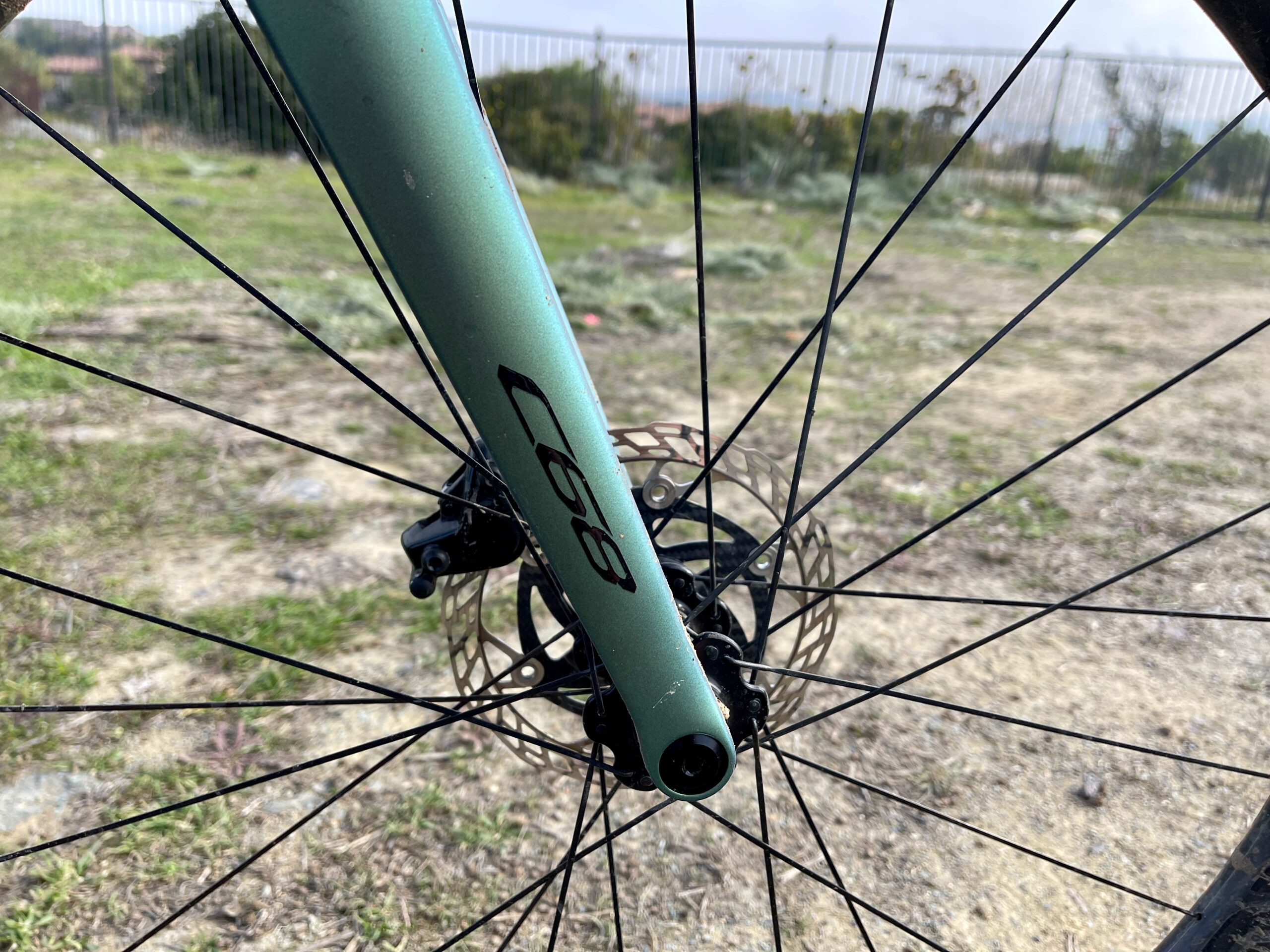
What is the Colnago C Series
The C series is a moniker for the top tier of Colnago bikes; the more attainable version for most is the ‘V’ series. The C68 bikes are handmade in Italy and aim to balance beauty and performance. The Colnago C68 Series of bikes boasts a Road, All-Road, Titanium Custom, and now a Gravel bike.
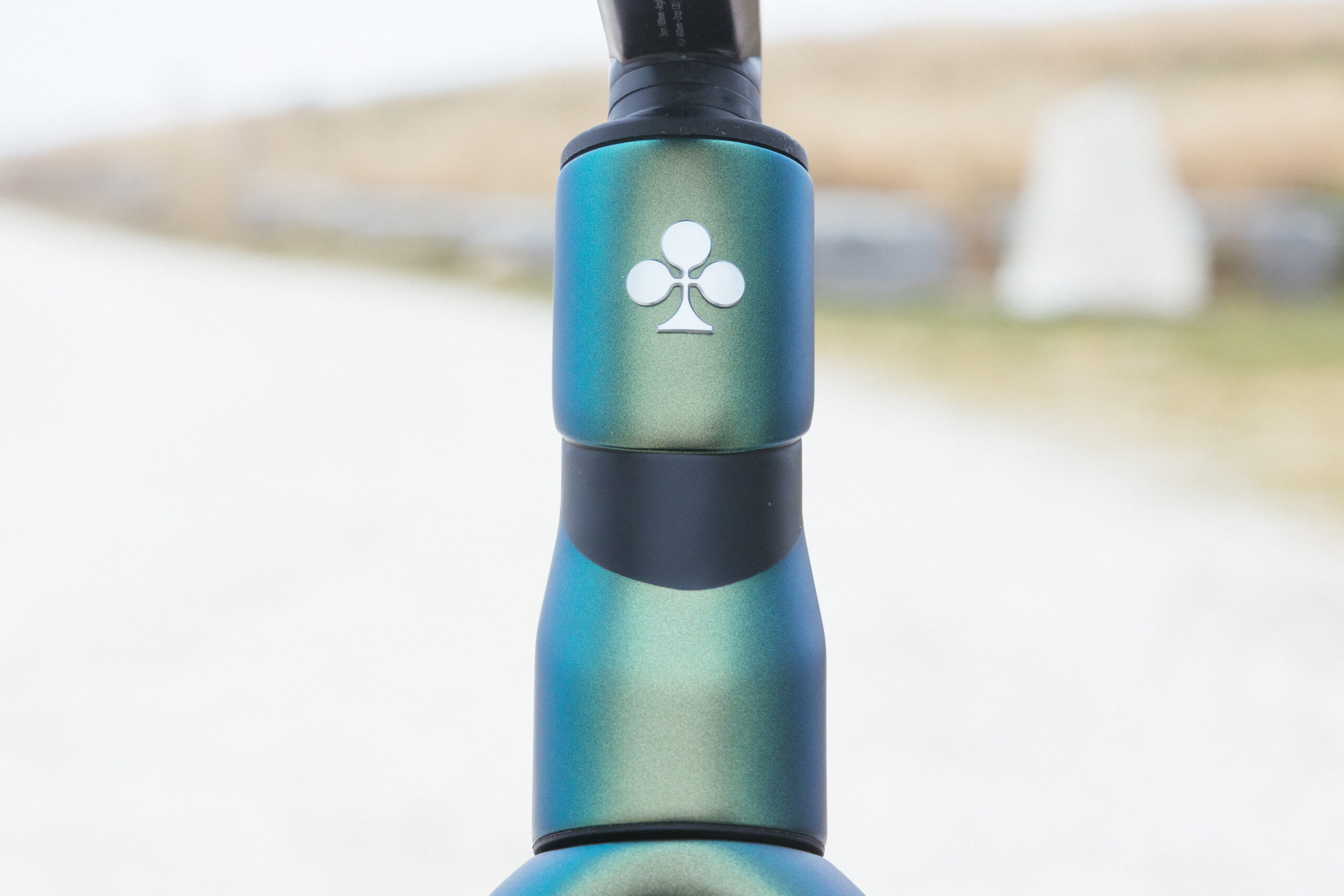
Colnago describes the C Series as: “C for Carbon, Colnago, Cambiago (where the bikes are made), and Class. The 68 represents how far Colnago has come since its founding in 1954.”
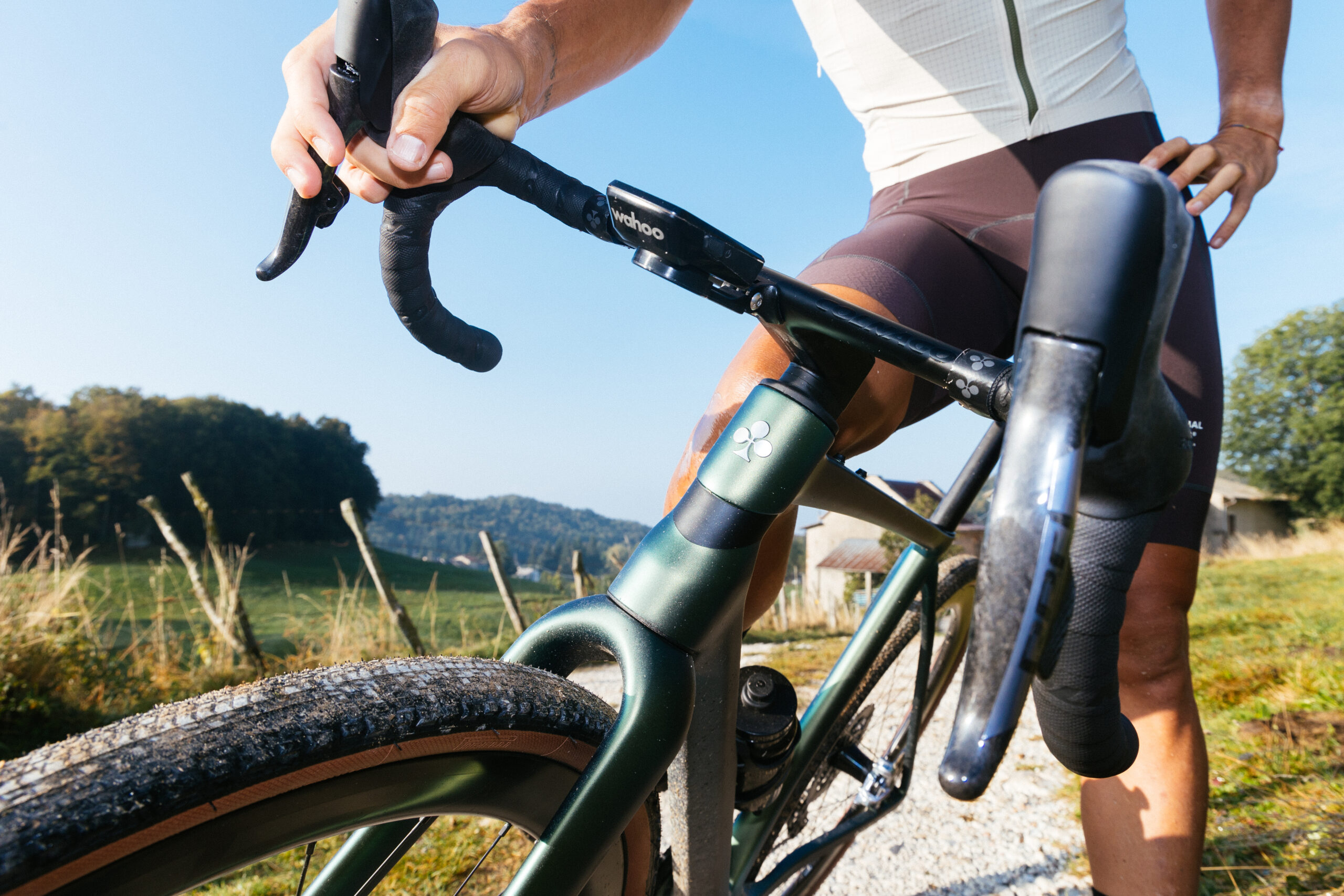
Colnago C68 Gravel Frame Details
There’s much to unpack here, so let’s start with the frame creation. First, the Colnago C68 is 100% hand-made from high-modulus carbon fiber. Some parts are lugged, making it also a modular frame.
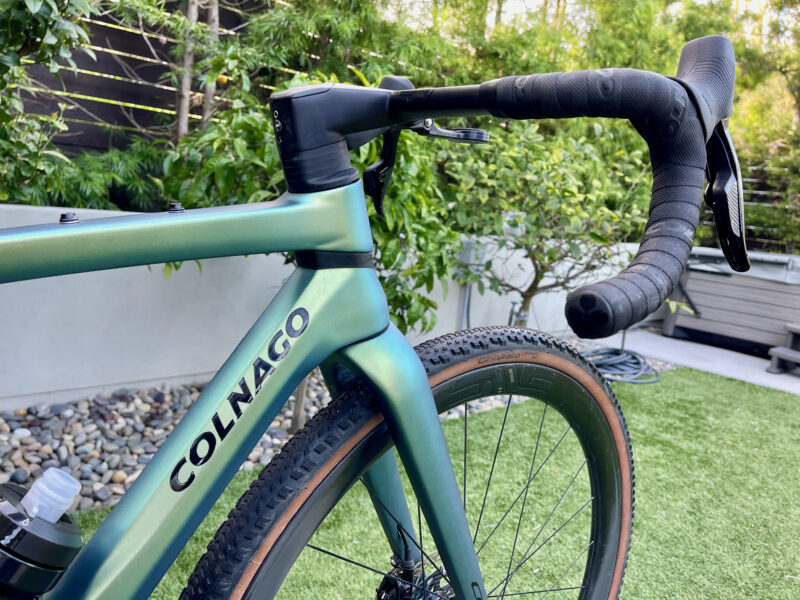
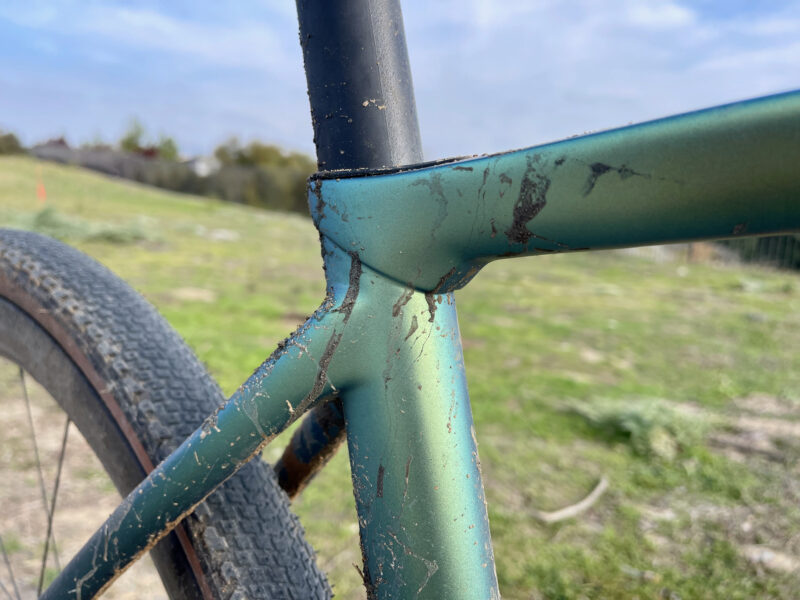
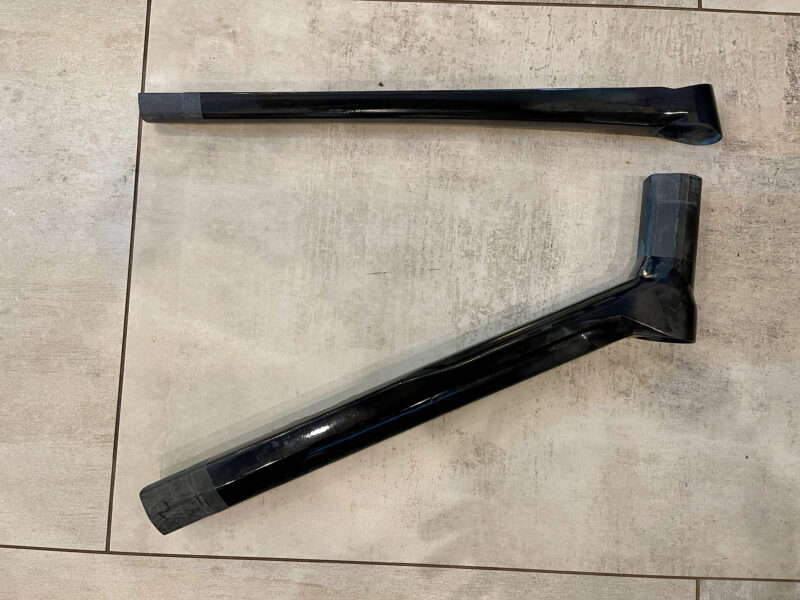
What does Colnago mean by ‘modular’?
The C68 Gravel is comprised of six separate carbon pieces. The engineers designed the headtube/downtube and top tube junction to be maneuverable when building the frame. The tubes are lugged and modular, as the builder can move them slightly, augmenting the stack slightly, the same as the headtube height.
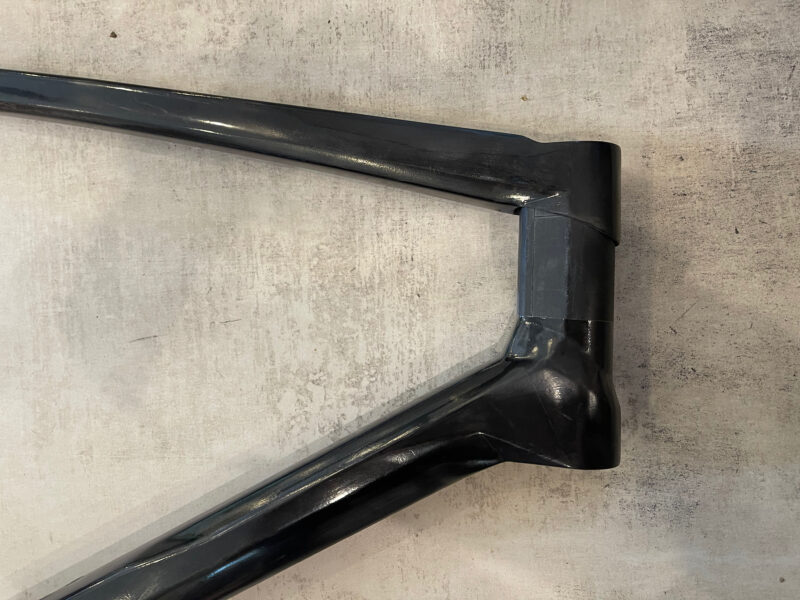
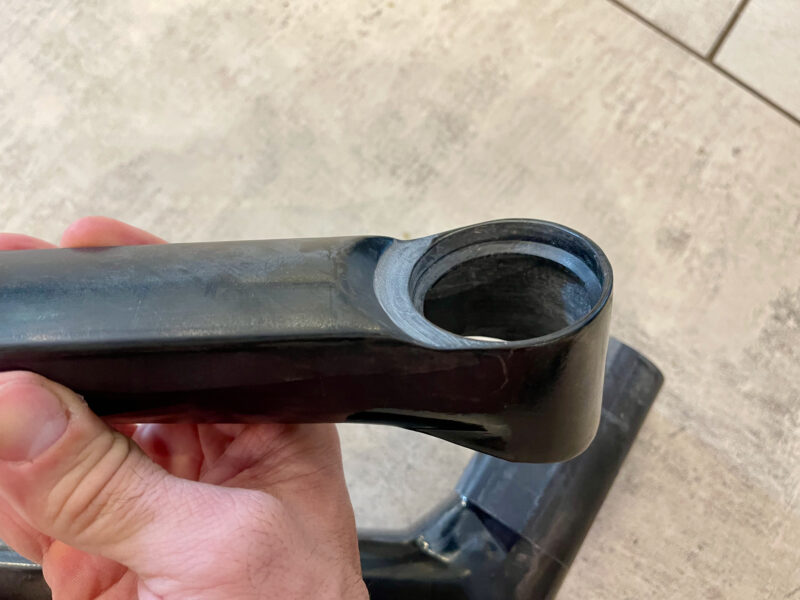
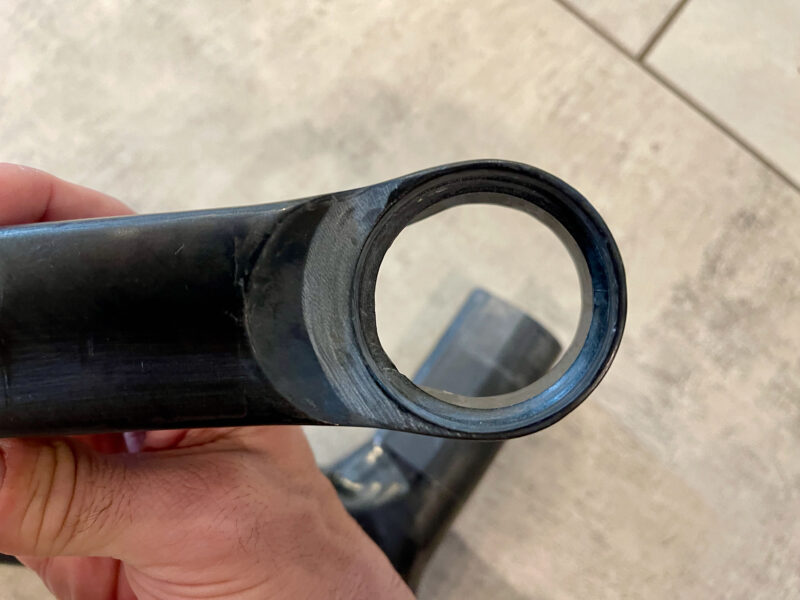
This method is only used on the C series frames, though Colnago has used lugged carbon construction since the 1980s. The lugged tubes give the C68 Gravel a unique look, and the matte green pearl paint (similar to the Aston Martin) accentuates the curves.
How much does it weigh?
The frameset’s claimed weight is 1,150g for a 480s (roughly 54 cm) C68 Gravel frameset. The weight includes everything (framewise), including the rear derailleur hanger and seatpost wedge. The uncut painted fork is an additional 480g; add that to the overall weight, and the total weight is around 1,630g.
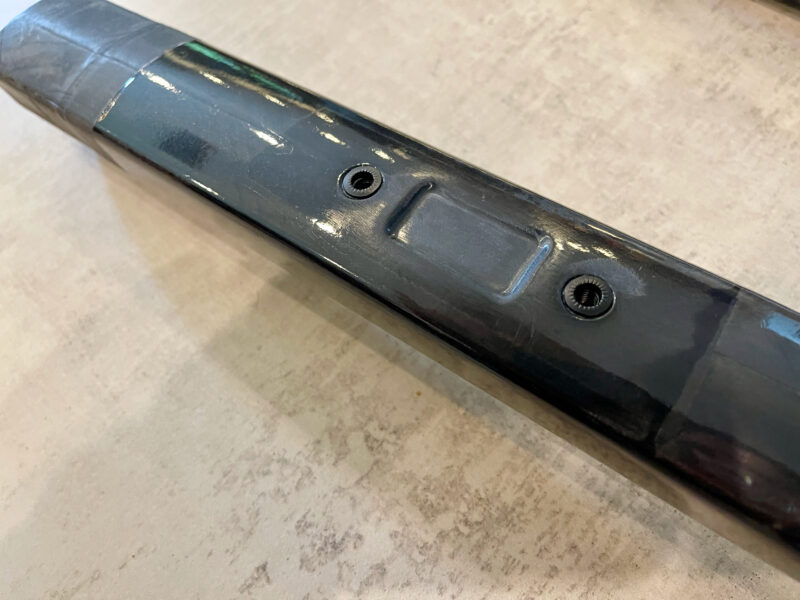
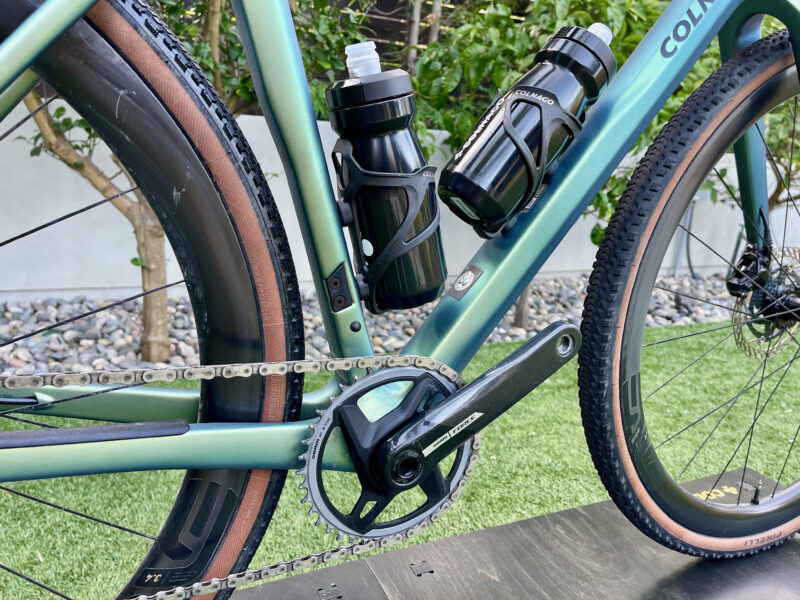
Yes to Top Tube Bag But No Third Bottle
As for modern gravel bits, the C68 has a top tube bag mount and can fit two large bottles (think 38oz) in the frame. There is no third bottle mount under the frame, so if you’re planning a super long, unsupported ride, you’ll need to plan accordingly.
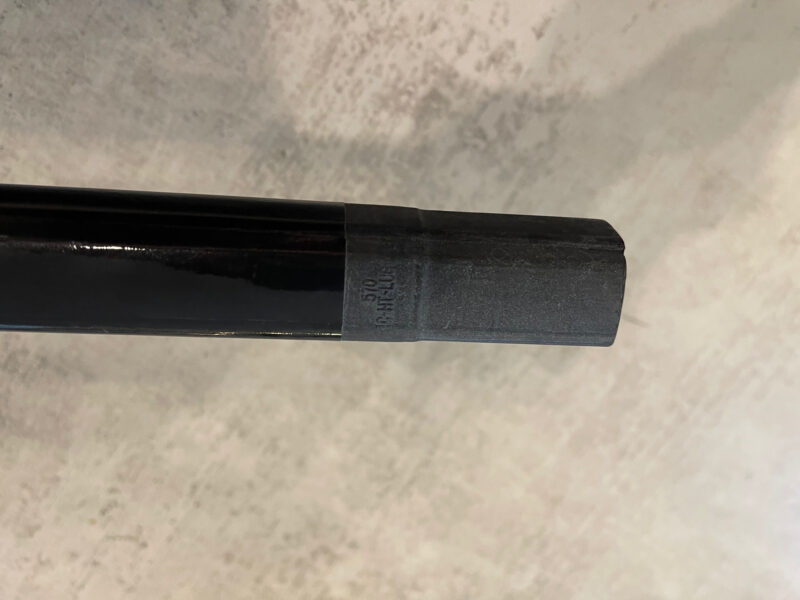
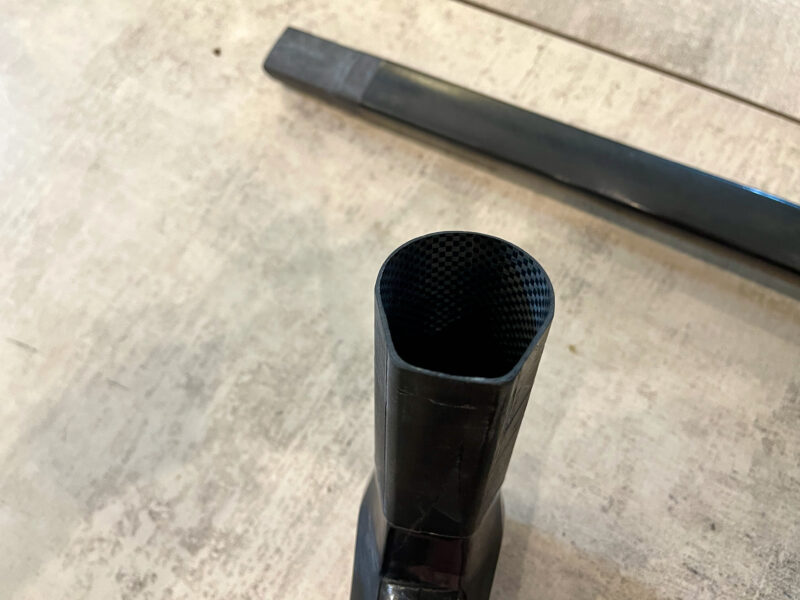
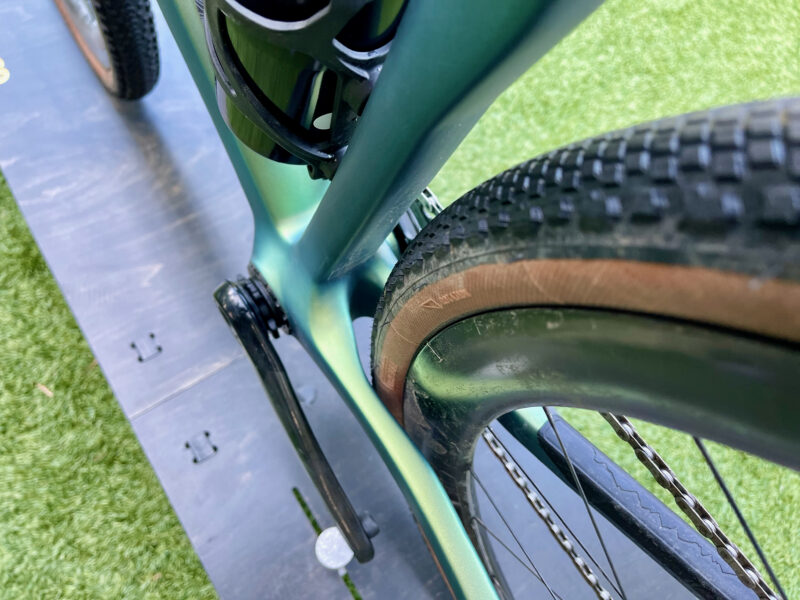
The tube shaping in the C68 Gravel is designed for power transfer, minimizing road chatter, and handling a flying rock to the down tube without cracking.
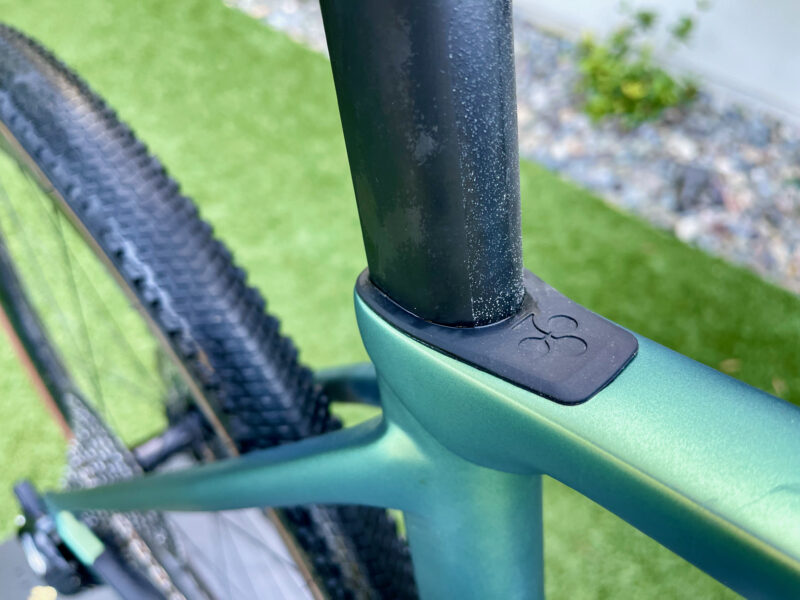
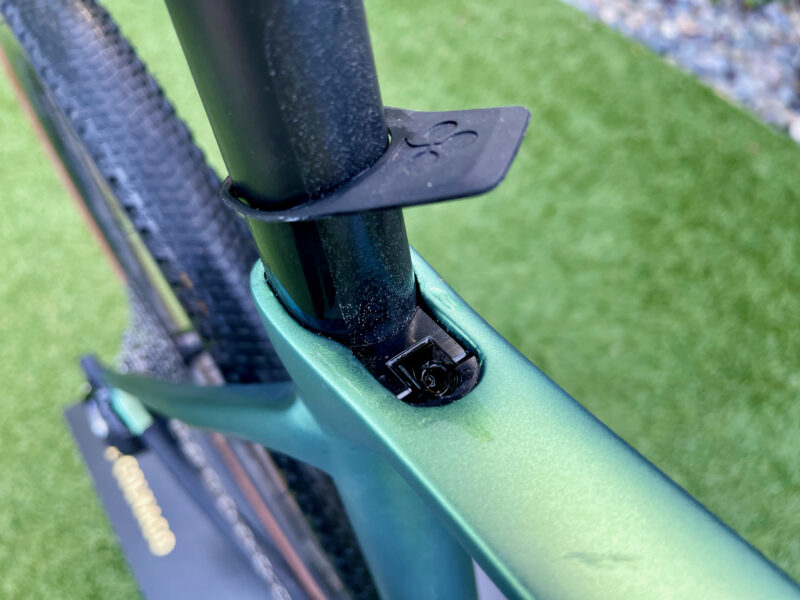
The frame uses a D-shaped seatpost similar to the one on the G-3X but with an updated tightening mechanism.
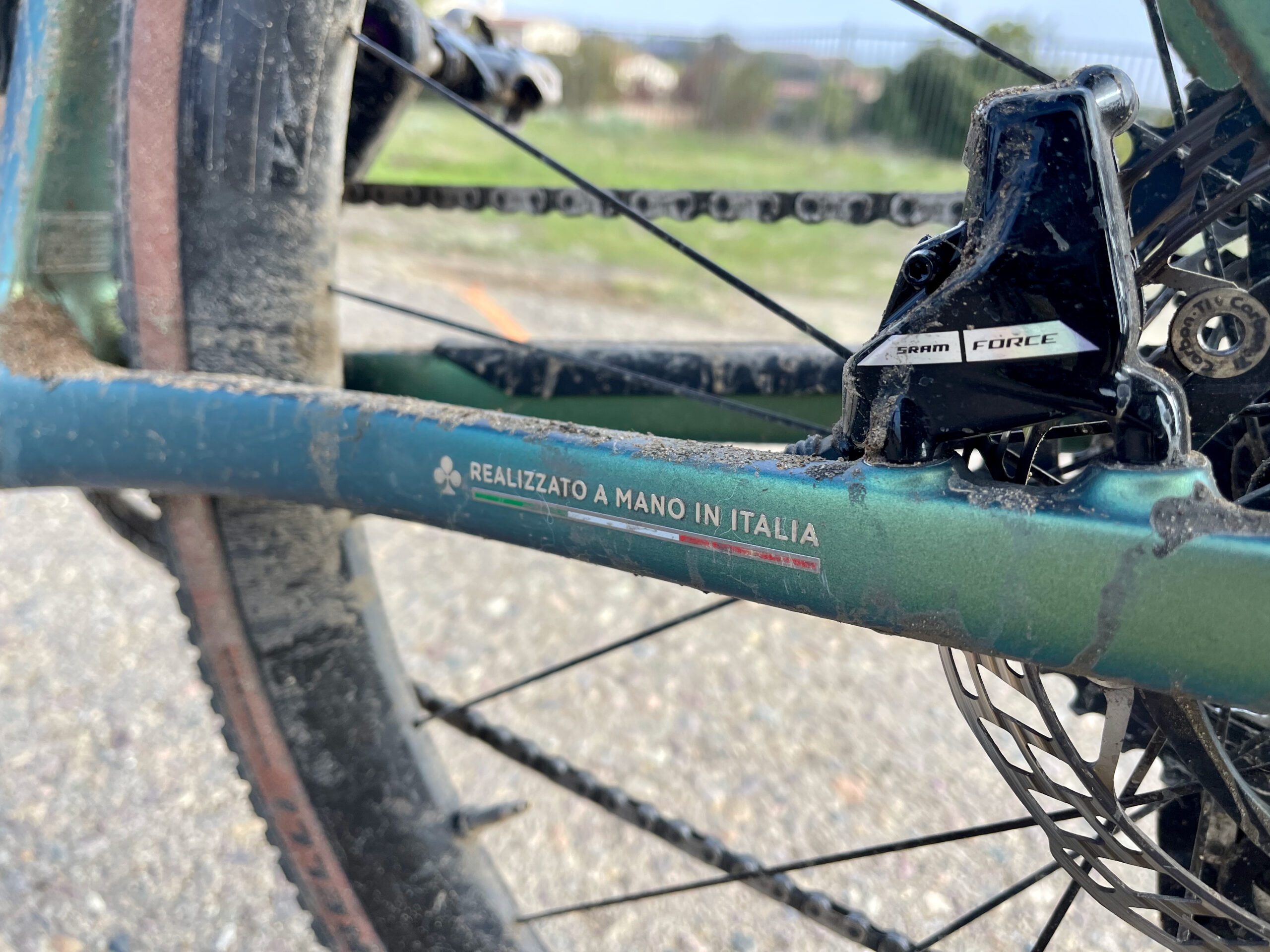
The bottom bracket is a T47, the same as the C68 All Road.
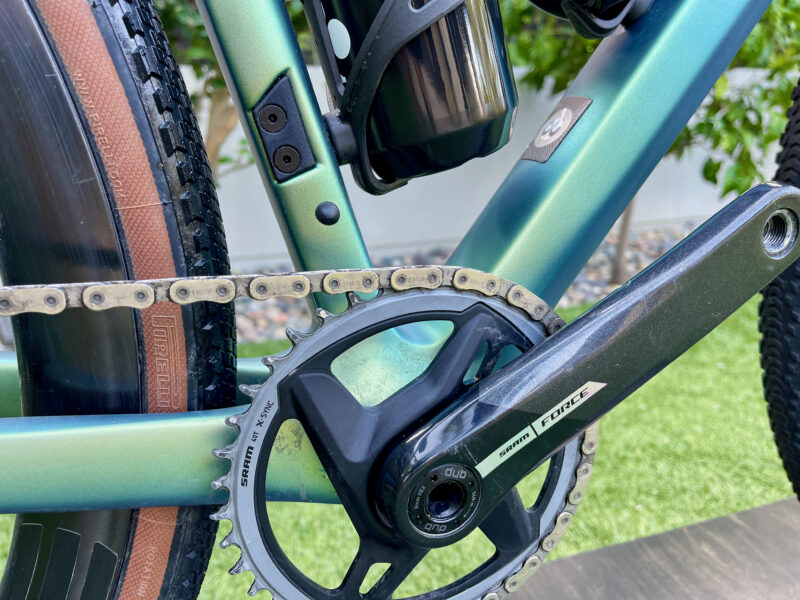
The frame is optimized for a fully electronic groupset but can run a mechanical 1X like the new Shimano GRX 12-speed. The placeholder for a front derailleur is a neat 3D-printed cover, which takes nothing away in performance but adds cool points.
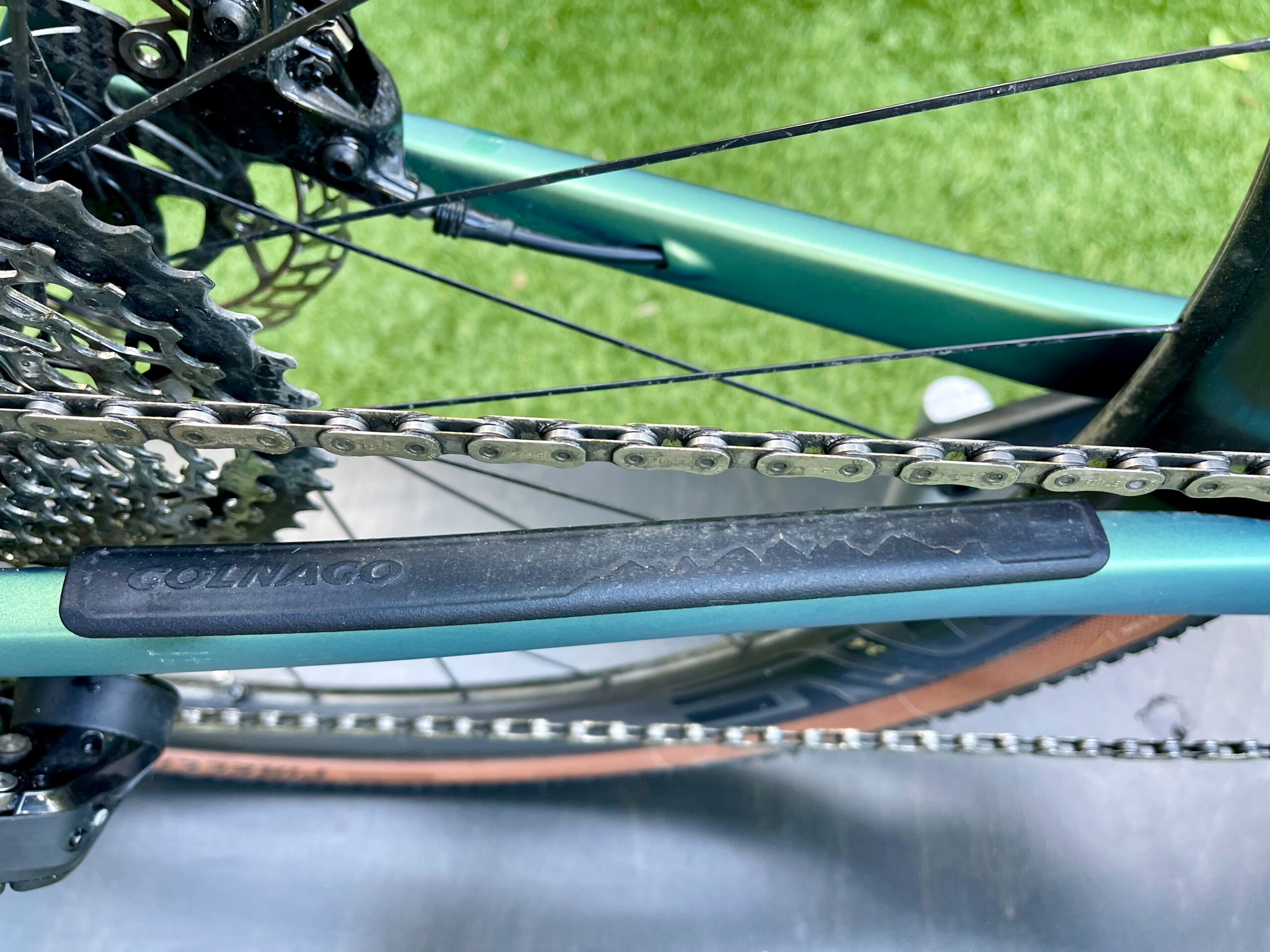
The chain guard is also 3D-printed and pictures the mountains of Italy.
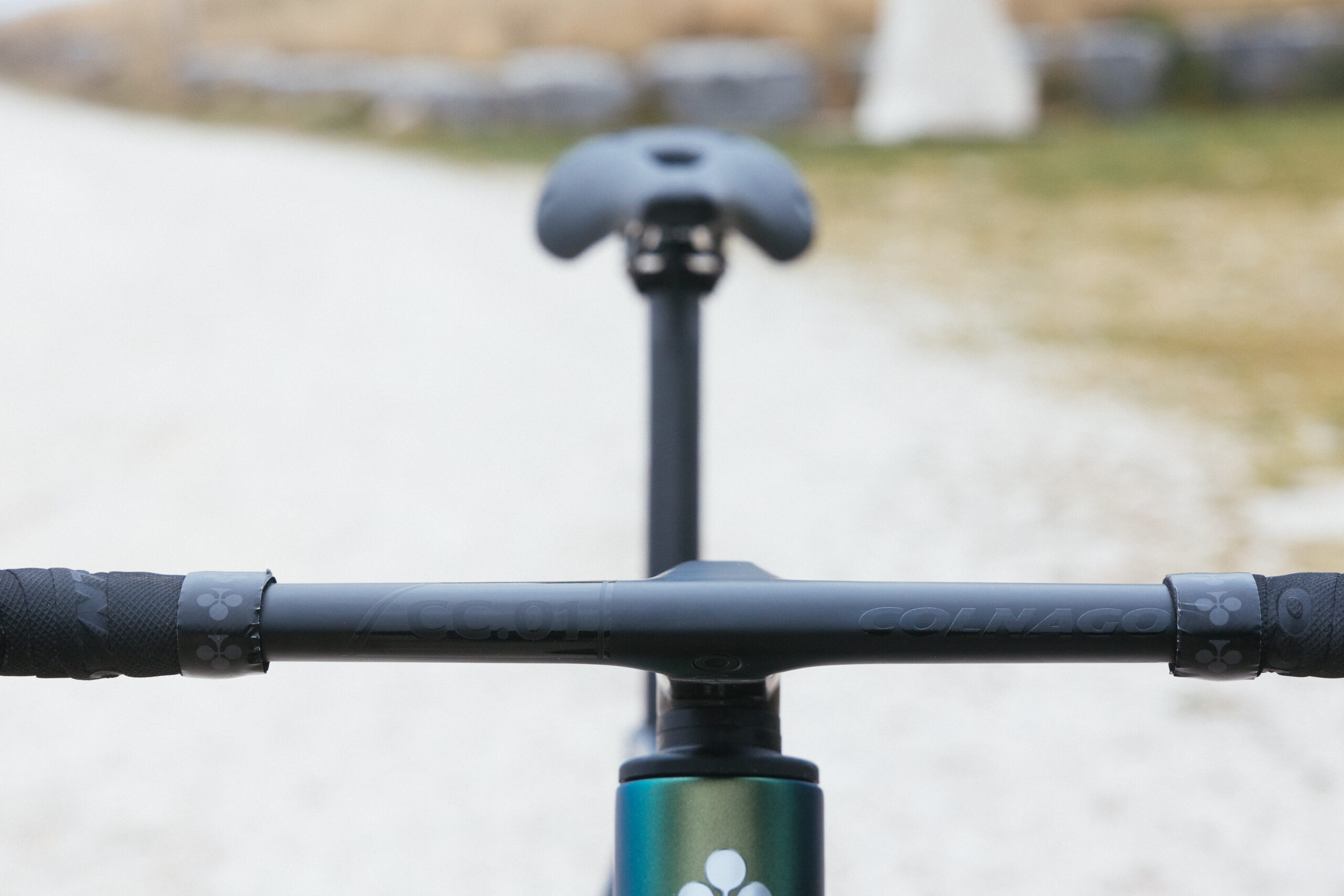
Colnago Gravel Geometry
Though the C68 shares some features of the Prestige, All Road, and G-3X, it has a unique geometry. It has a shorter reach and higher stack than the C68 Road. The updated reach-stack ratio allows for a shorter stem, giving the bike a lively feel on the trails and lots of control over the front end.

C68 Gravel will be available in 5 sizes, all in sloping configuration: 450 (52cm), 480 (54cm), 510 (58cm), 540 (60cm), and 570 (63cm)
Colnago feels this setup offers better handling for challenging gravel or trail features without sacrificing an aggressive setup. I agree after spending some hours on the bike.
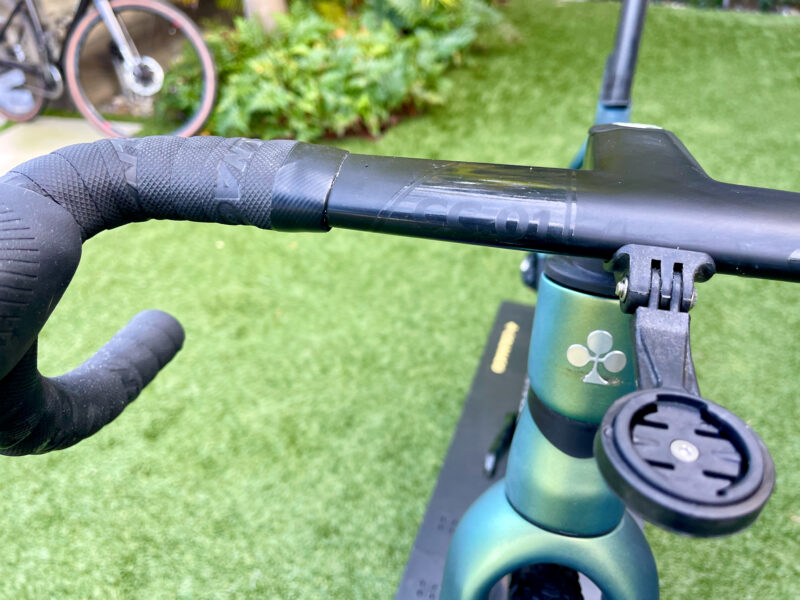
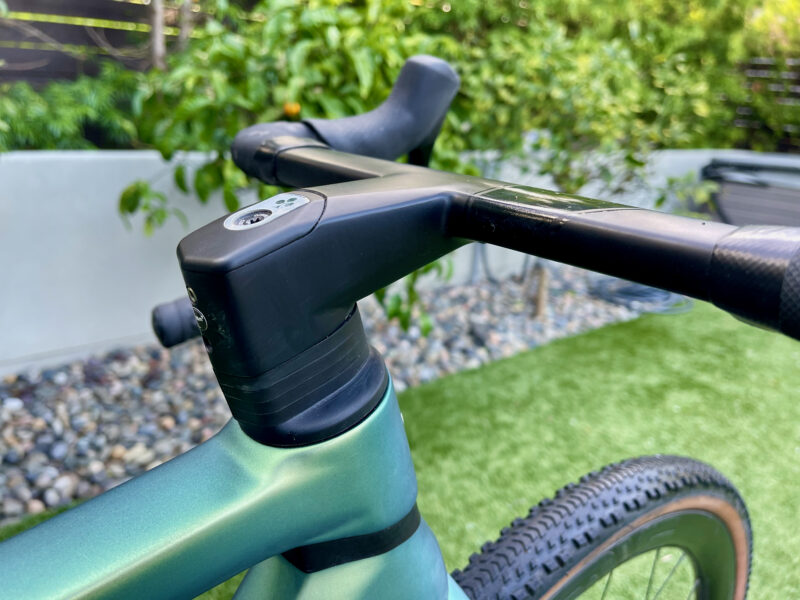
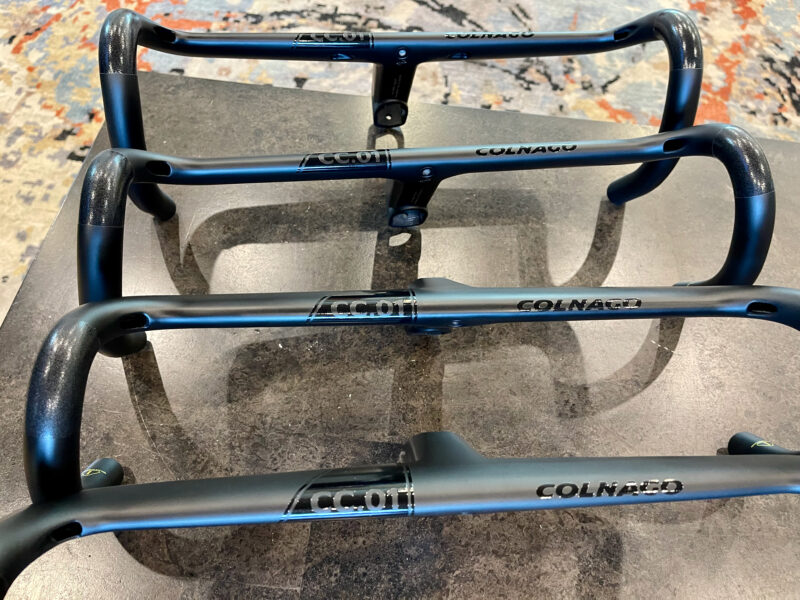
The Colnago CC.01 wide bar/stem combo riffs off the new C68 gravel geometery. The new Wide version of the CC.01 is specifically designed for gravel. The Colnago CC.01 Wide has more flare than the road version of the Colnago CC.01. The reach is 72.50 mm and a drop of 120mm with a stem angle of 82 degrees.
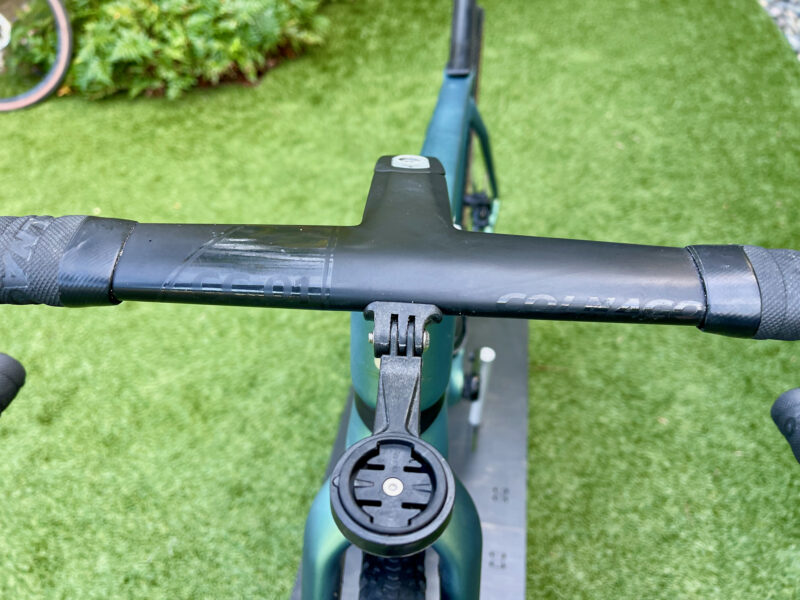

The Colnago CC.01 Wide is available in five different stem combinations with the same 40 hood and 46 wide at the drop: 80mm – 40/46, 90mm – 40/46, 100mm – 40/46, 110mm – 40/46, and 120mm – 40/46. The C68 Gravel complete bike arrives with the Colnago CC.01 Wide cockpit but is compatible with a traditional bar/stem combination.
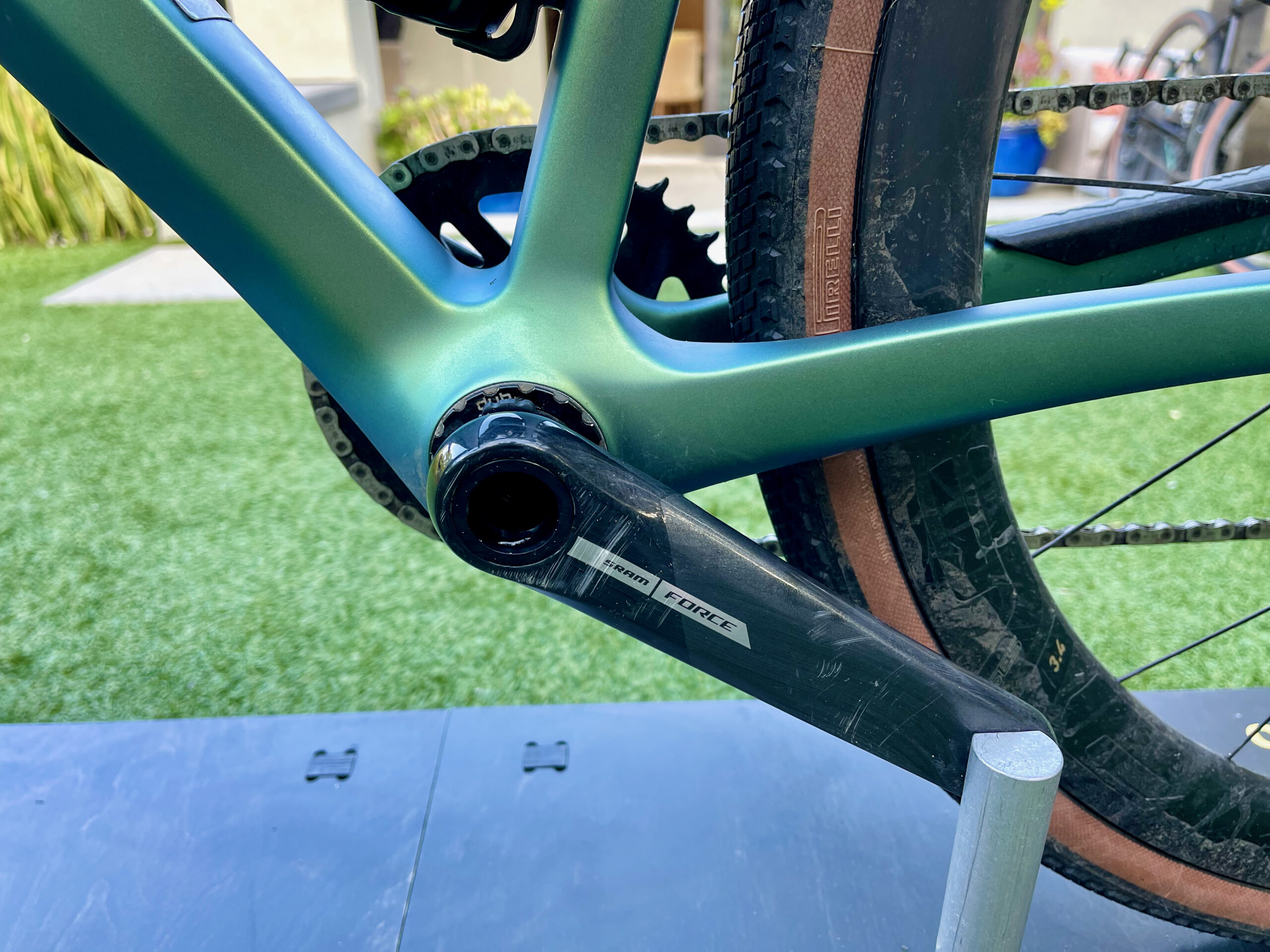
How about tire clearance?
When I asked about tire clearance, the Colnago team calmly stated, “Up to 42mm but it performs best with the 40s”. Why not 50mm or something more extensive like the trend? The team told me, “This isn’t that kind of gravel bike.” The C68 is a fast bike designed around a more aggressive riding style, leaning more toward the gravel-road/racing side.
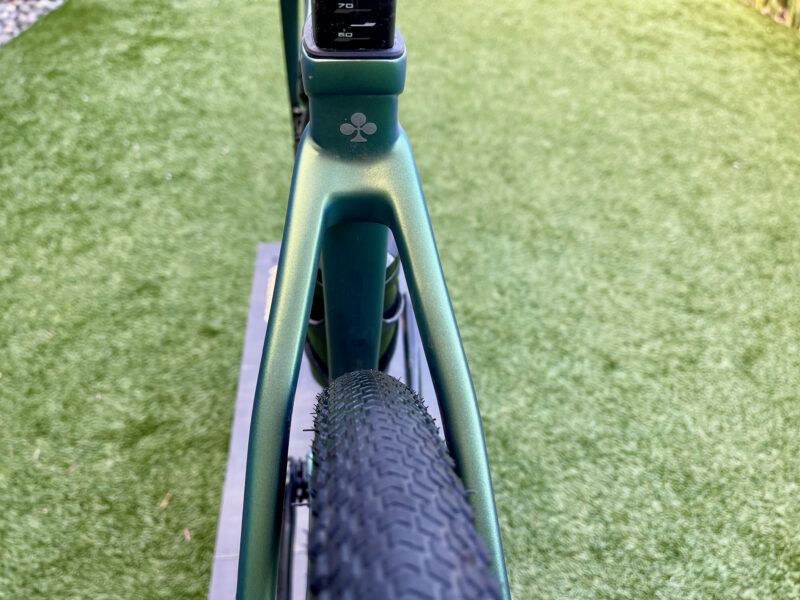

It’s the same reason you’ll find no internal storage on the C68 Gravel. The team didn’t want to compromise on the bike’s silhouette or the tubes’ integrity. I admire the choice not to follow the trends and to keep the design focused on speed, handling, and beauty.
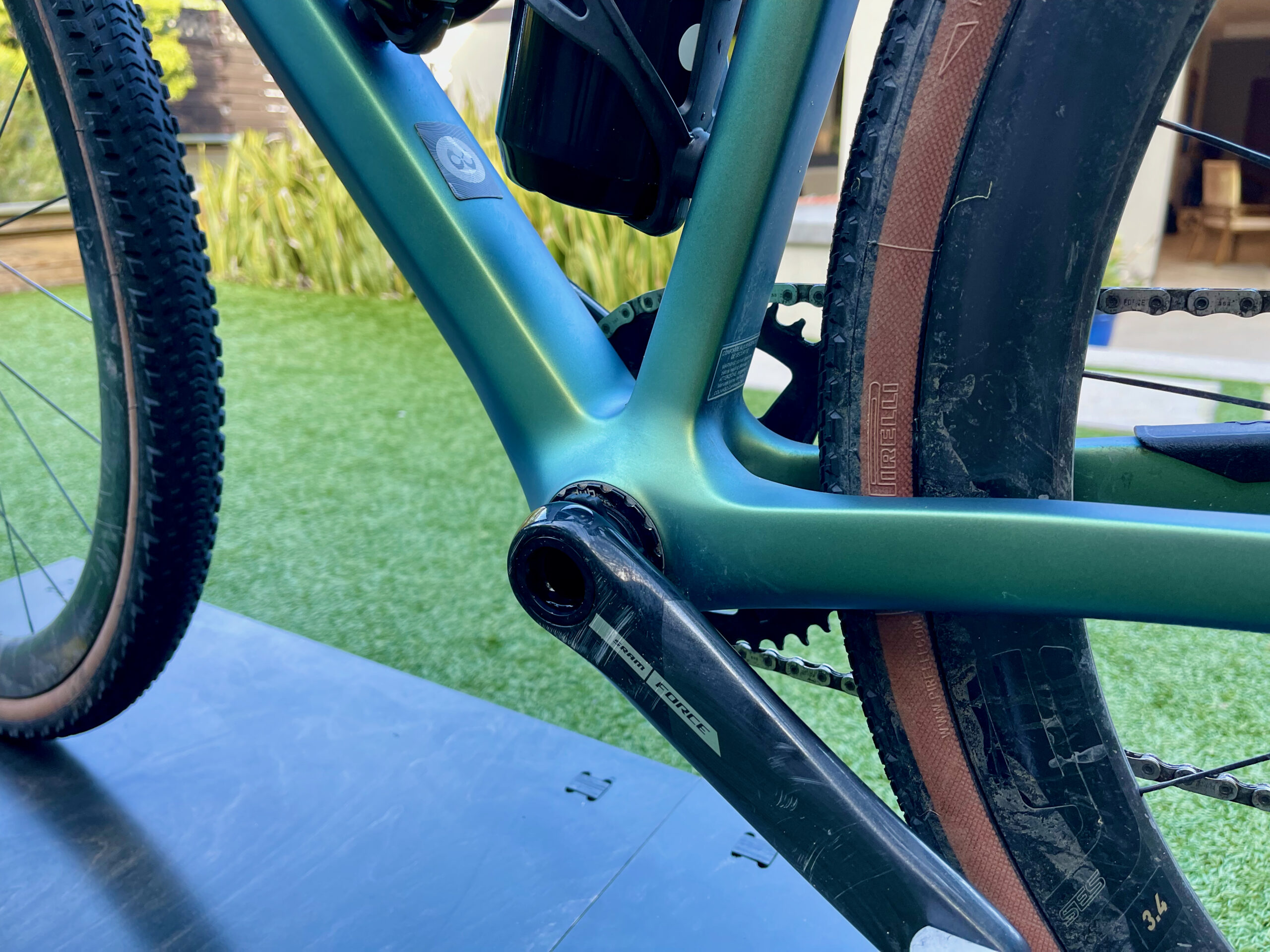
Now, the team says 42mm is the max, but that is the maximum for the rear tire. If you want to push the limits, you can get a larger tire in the front. But the fork is more sculpted than some, and you could run into mud clearance issues if you run bigger. The frame can fit gravel suspension forks if you’d like…but like the super wide tires and internal storage box — that might not be this kind of bike.

Colnago C68 Gravel Builds and Paint Options
Currently, the C68 will come available as a frame and fork or in three different build options. The builds range from SRAM Red XPLR, Force XPLR, and Shimano GRX 822 mechanical.
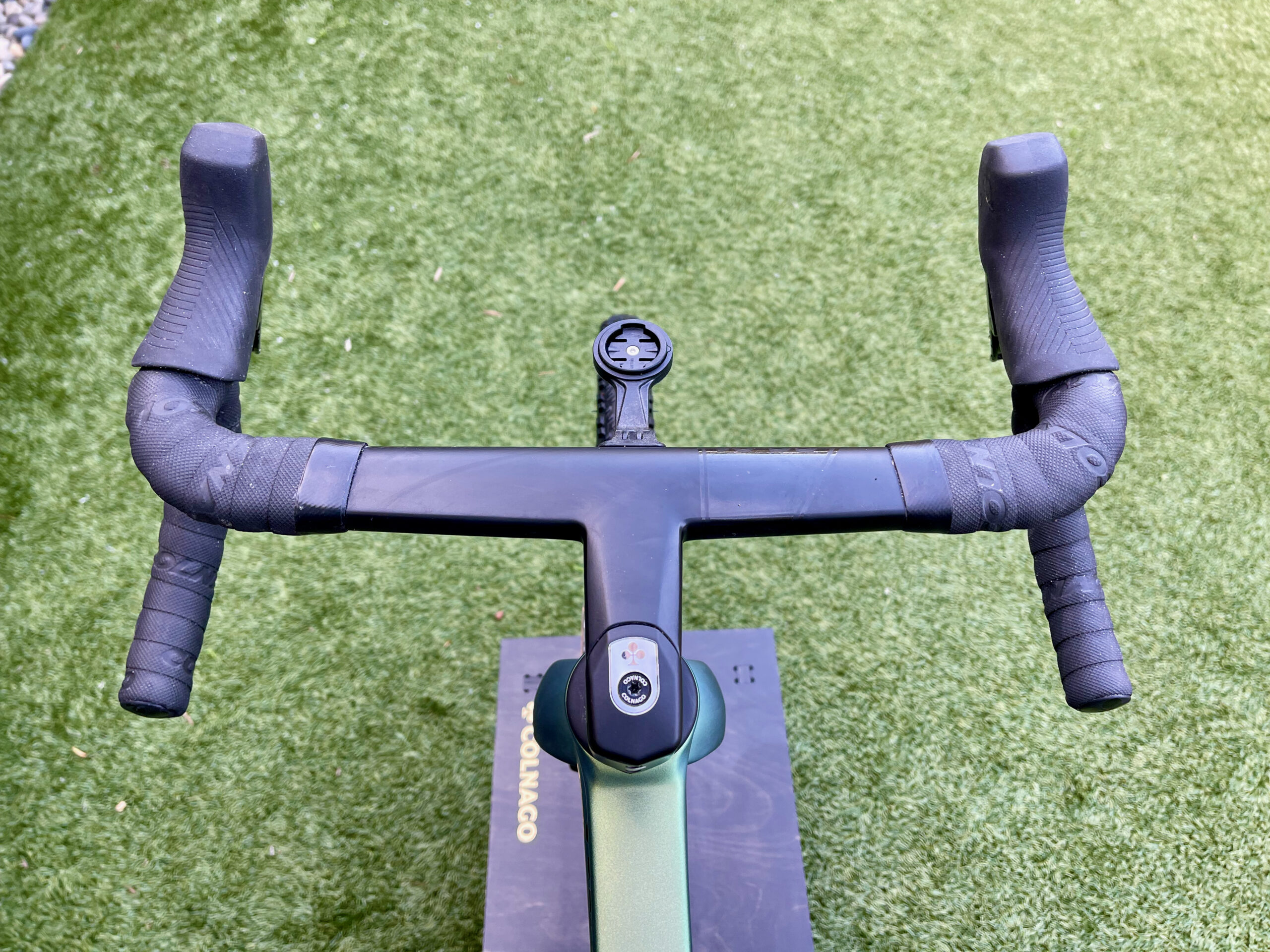
All bikes will come equipped with Colnago CC.01 Wide integrated handlebar, Selle Italia Regal Short Open Fit CRB (Carbon) saddle, and Pirelli Cinturato Gravel TLR 40mm.
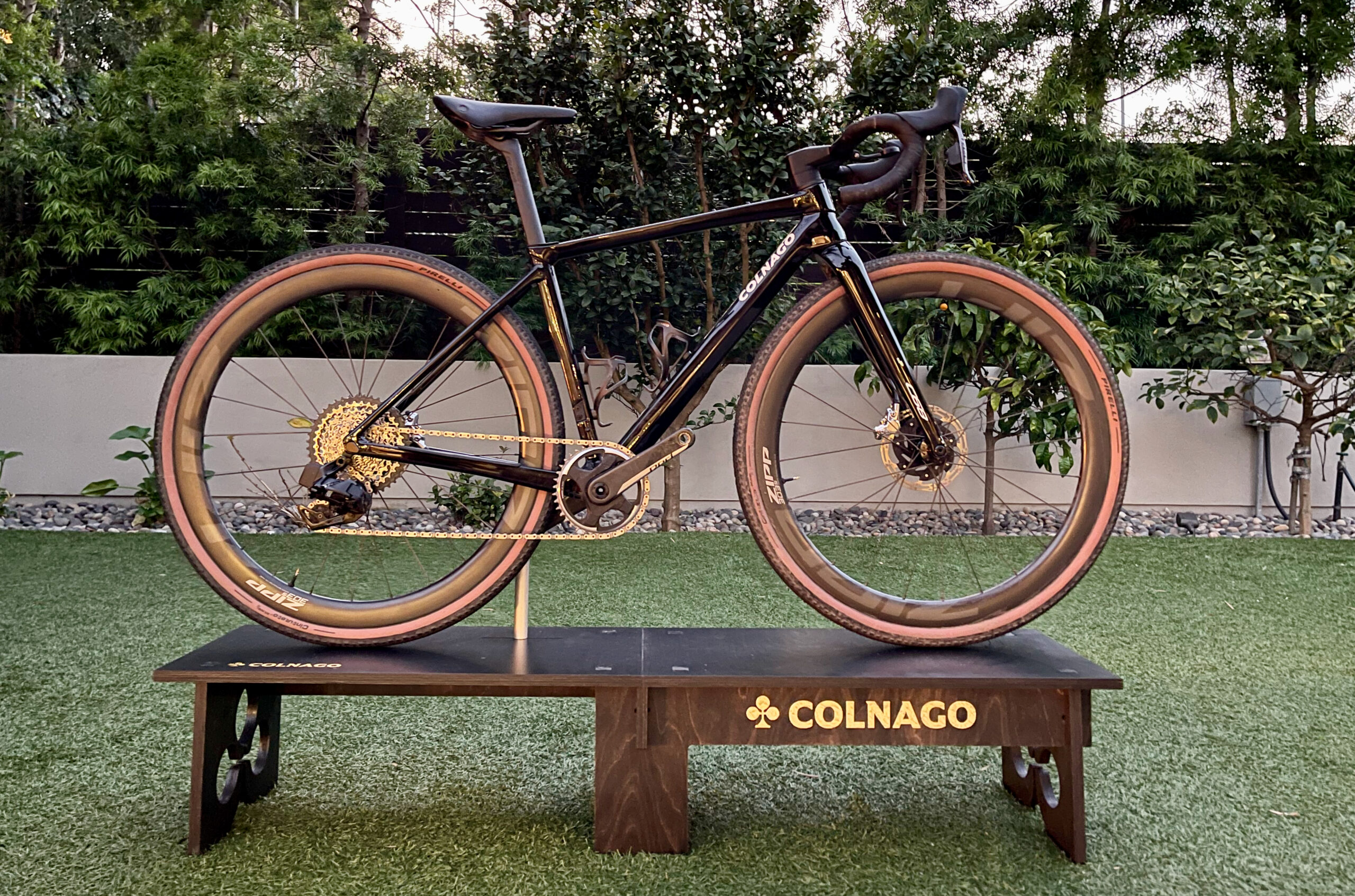
The wheels for each model change slightly, with the SRAM Red arriving with Zipp 303S carbon wheels, Force with Fulcrum Rapid Red 500, and the Shimano GRX with Fulcrum 900.
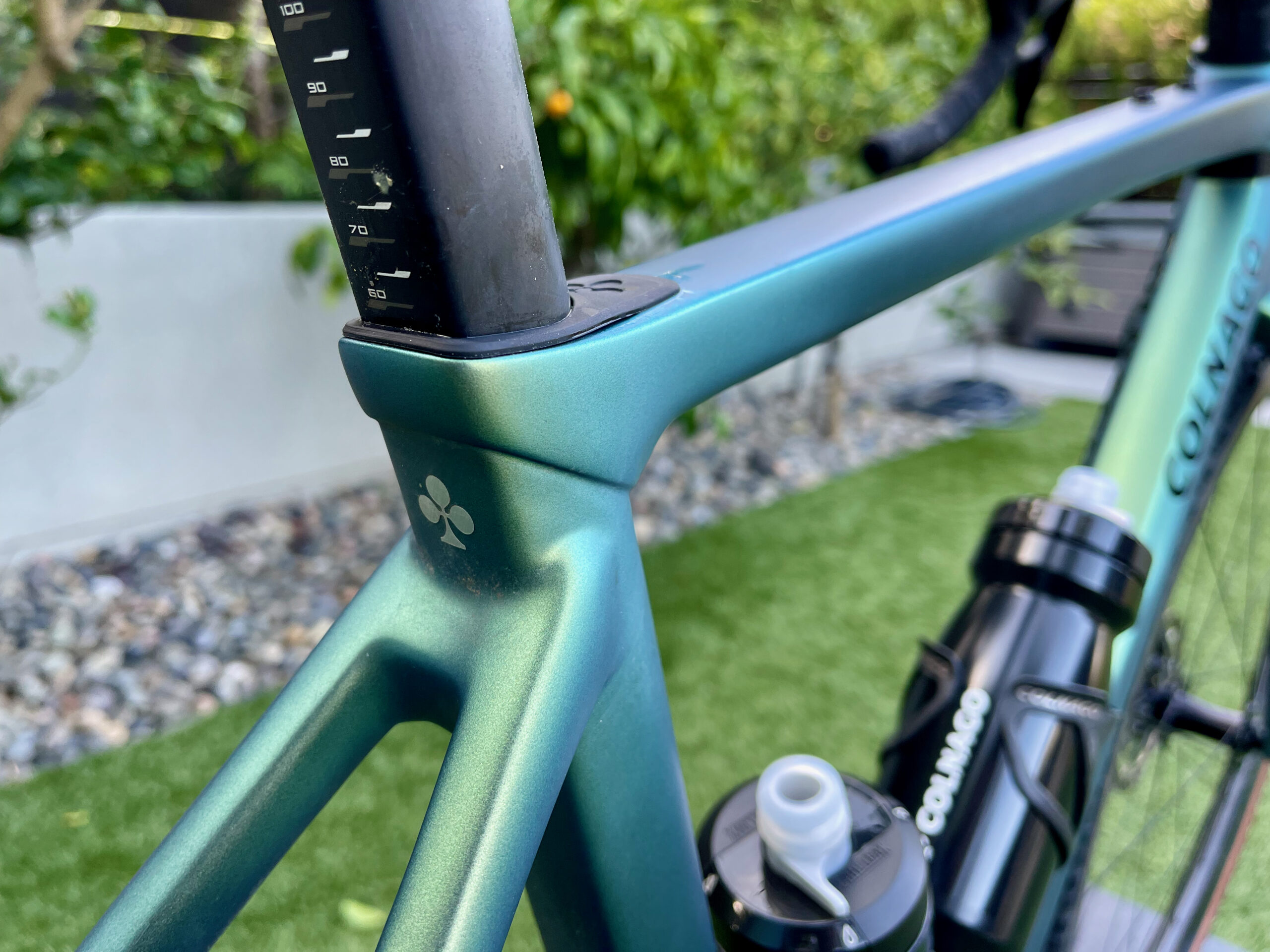
Paint-wise, the new Colnago C68 Gravel will be available in Green Pearl (in most photos) or gloss black with red undertones in the sun. Having seen the paint up close, both are great options (I’m a glossy fan), but the Green Pearl should hide the scratches and abuse of gravel riding better.
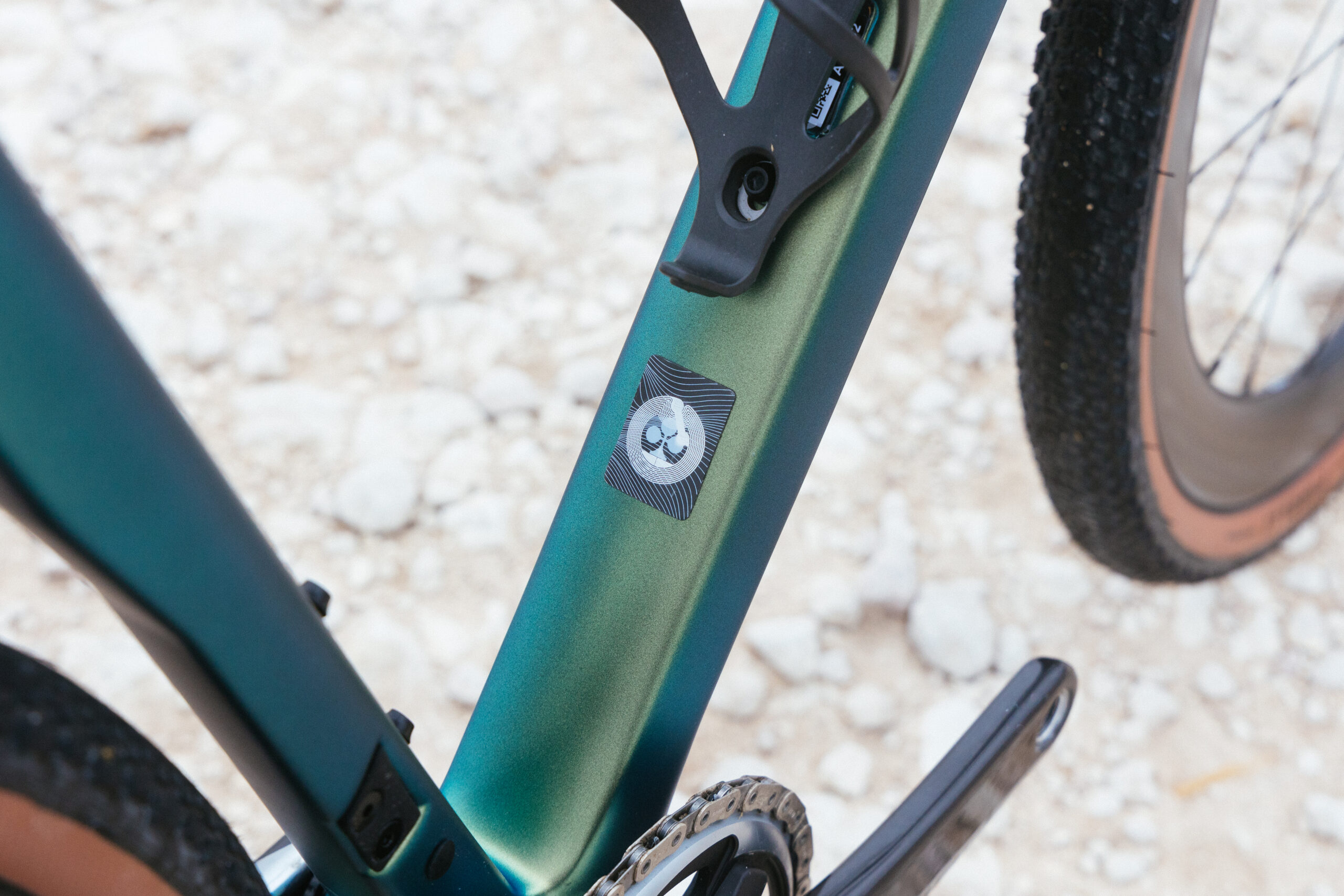
Colnago NFC Tag
Like other Colnago bikes, the new C68 will have a near-field communication or (NFC) tag. The tag is linked to the MyLime Polygon Blockchain and is inextricably linked to the bicycle.
How does this help the rider? If your bike gets stolen, you can use the NFC as proof of ownership. The NFC also helps with re-sale and helps prevent (or disrupt) counterfeit Colnago bikes from entering the market. For more info, check out Colnago’s explanation of why they chose to be the first bicycle company to adopt Blockchain here.
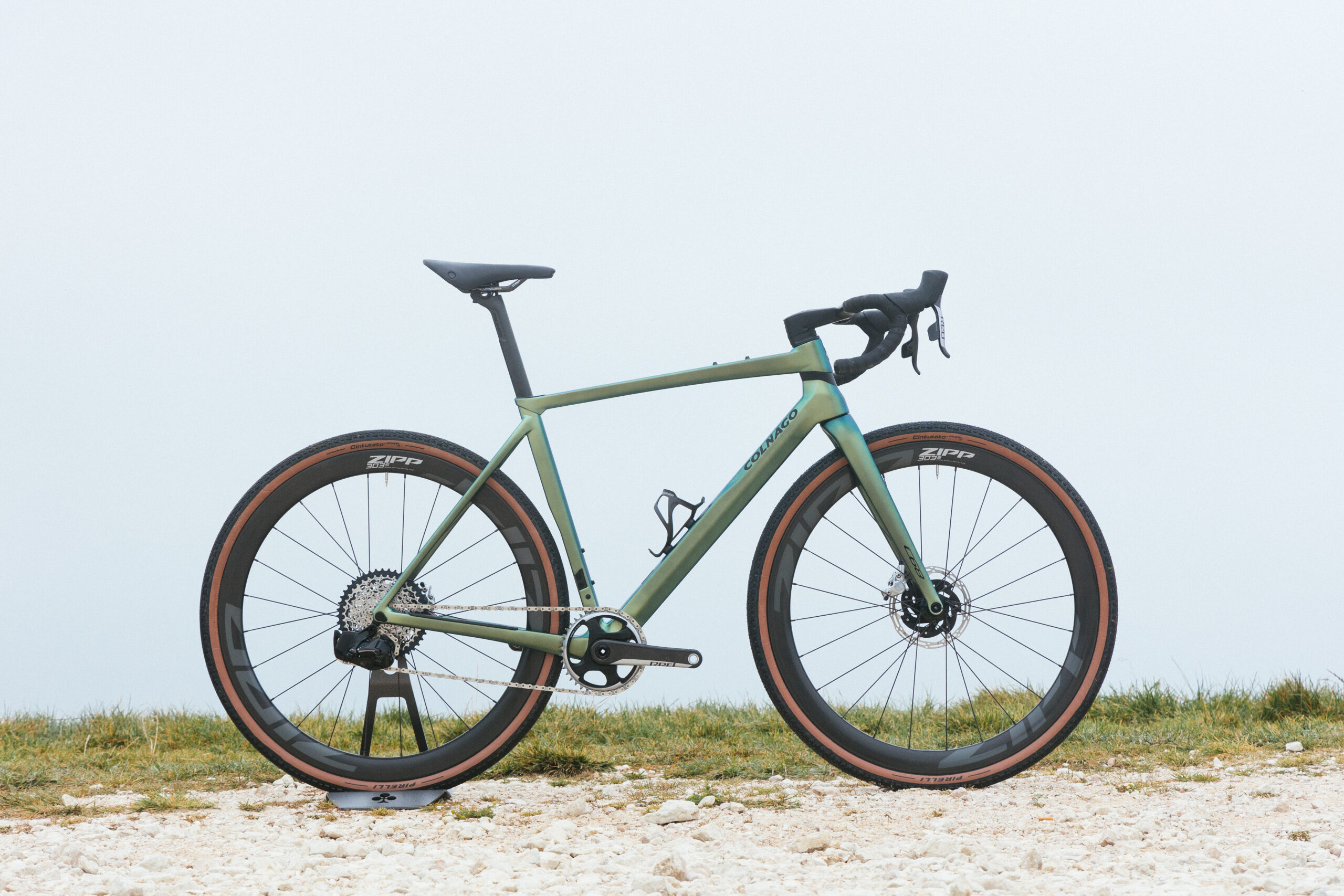
Colnago C68 Gravel Pricing
- Frameset only $7,100.00, €5,935, £5,269.00 *Includes frame, fork, Colnago CC.01 bars and seatpost.
- SRAM Red XPLR, ZIPP 303S Wheels, $13,199.95, €12,010.00, £11,099.99.99
- SRAM Force XPLR, Fulcrum Rapid Red 500, $9,599.95, €8,690.00, £8,099.95
- Shimano GRX 822 1X, Fulcrum Rapid Red 900, $7995.95, €7250.00, £6,899.95
Look for a ride review shortly, and for more information and availability near you, check out; Colnago.com